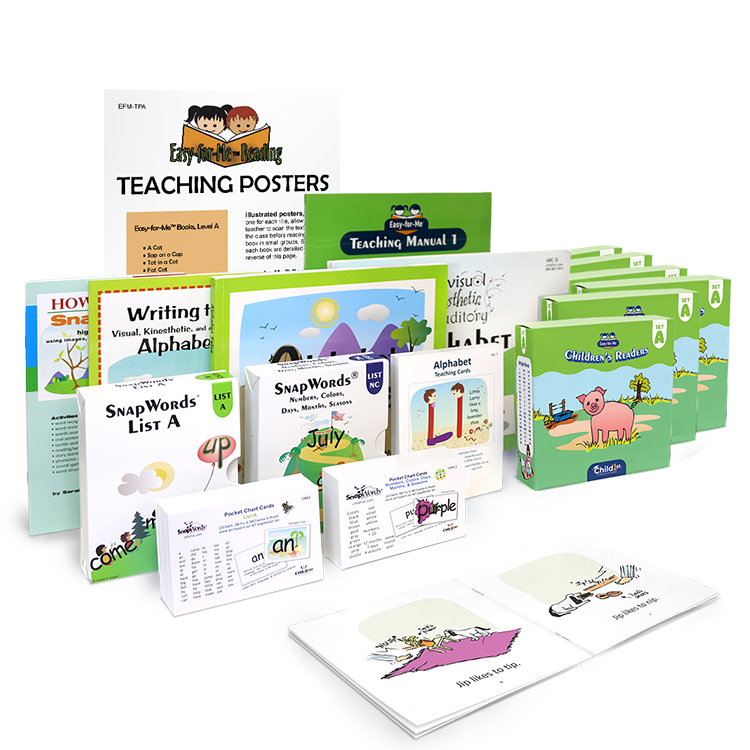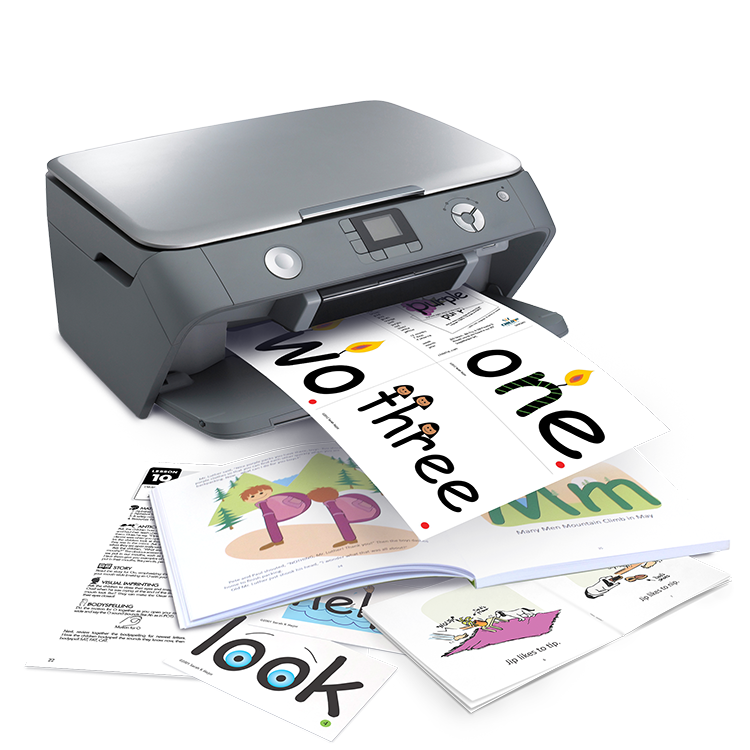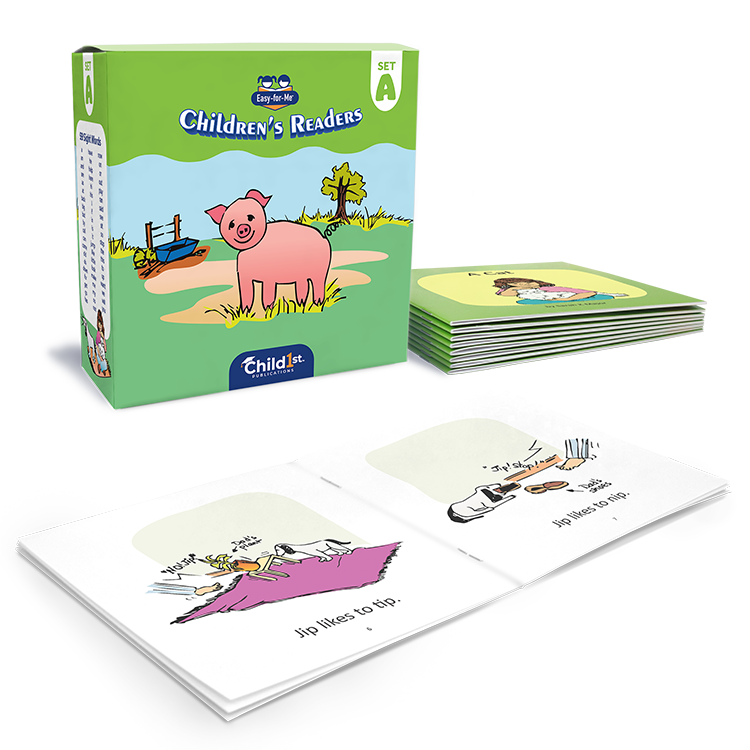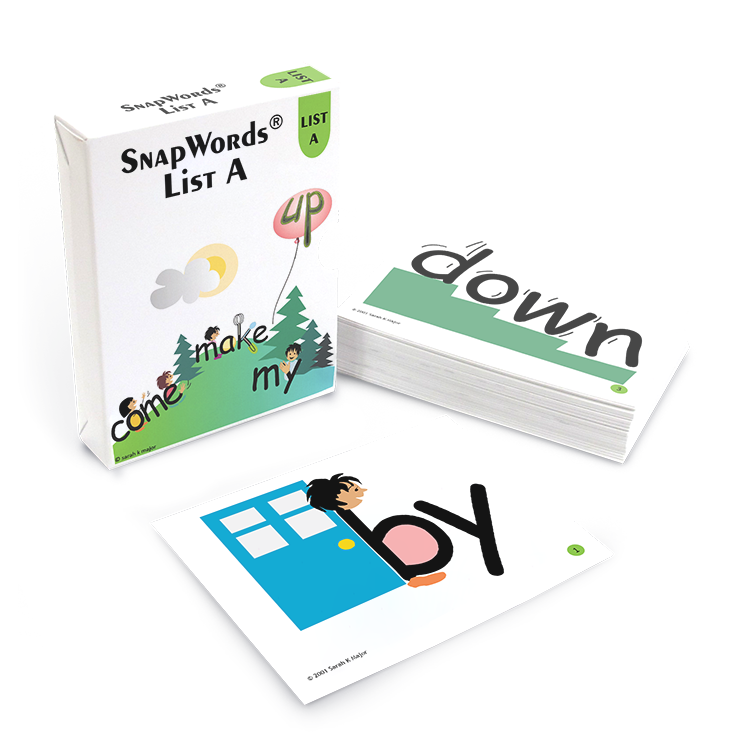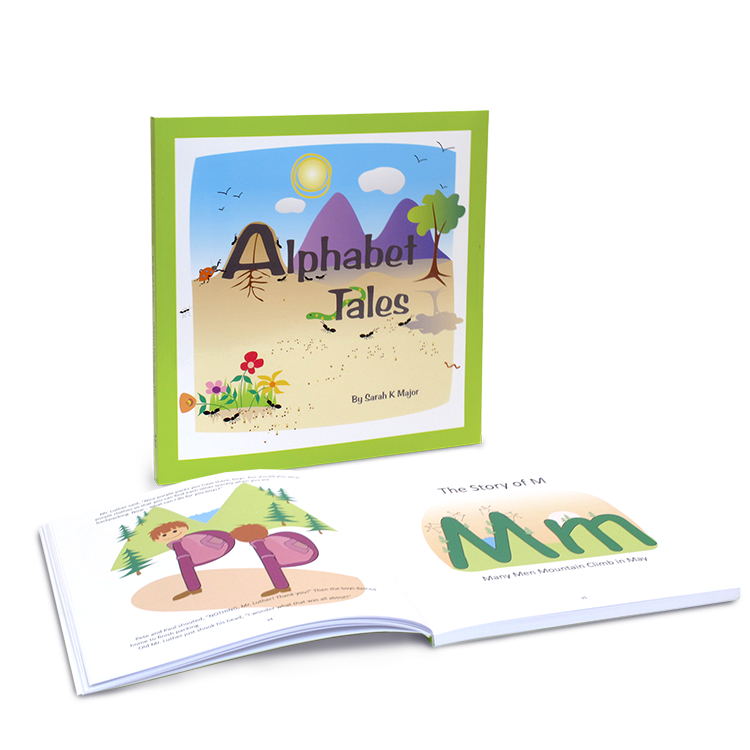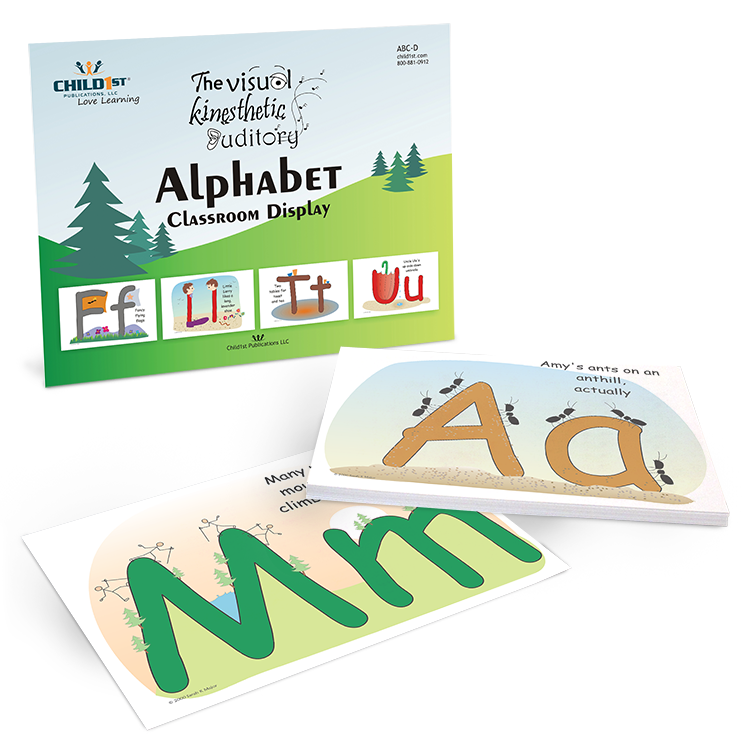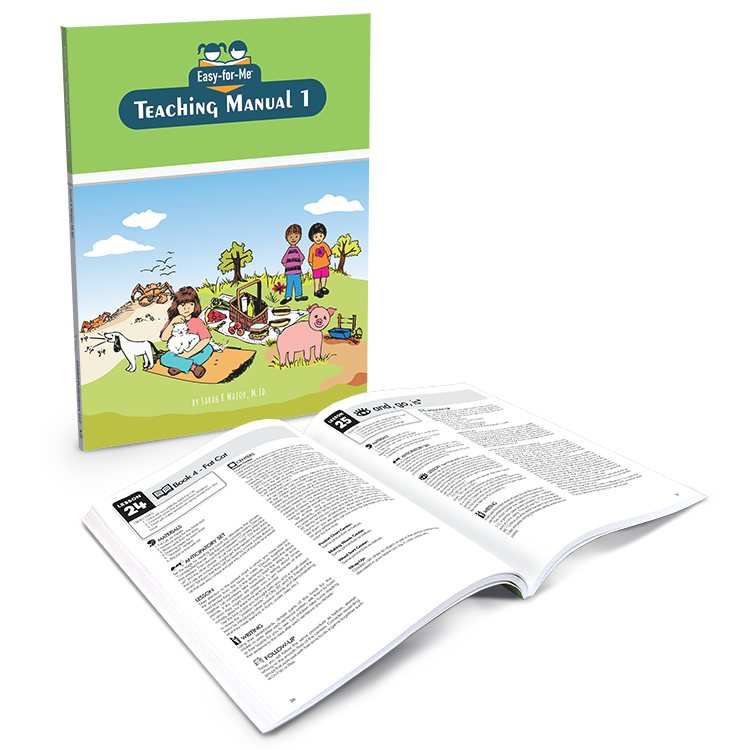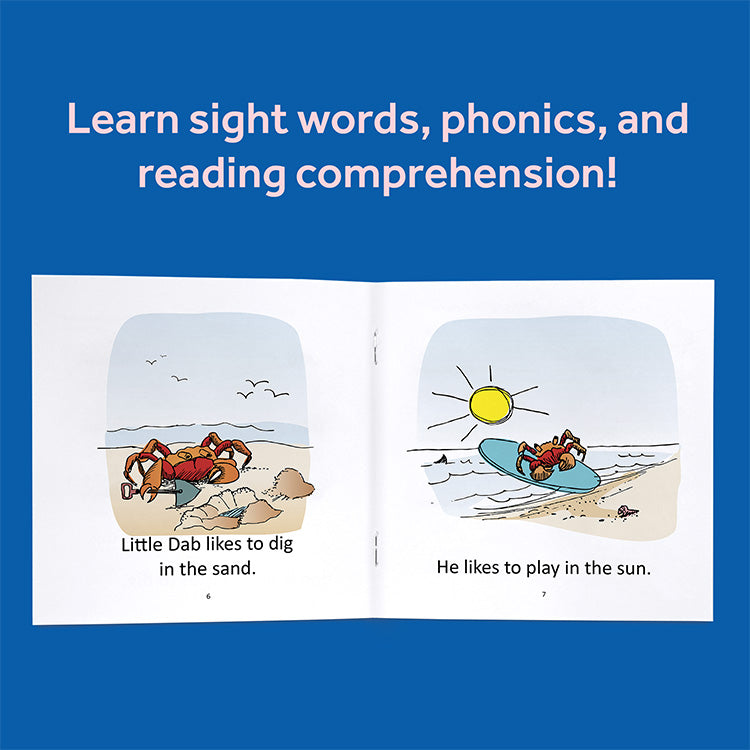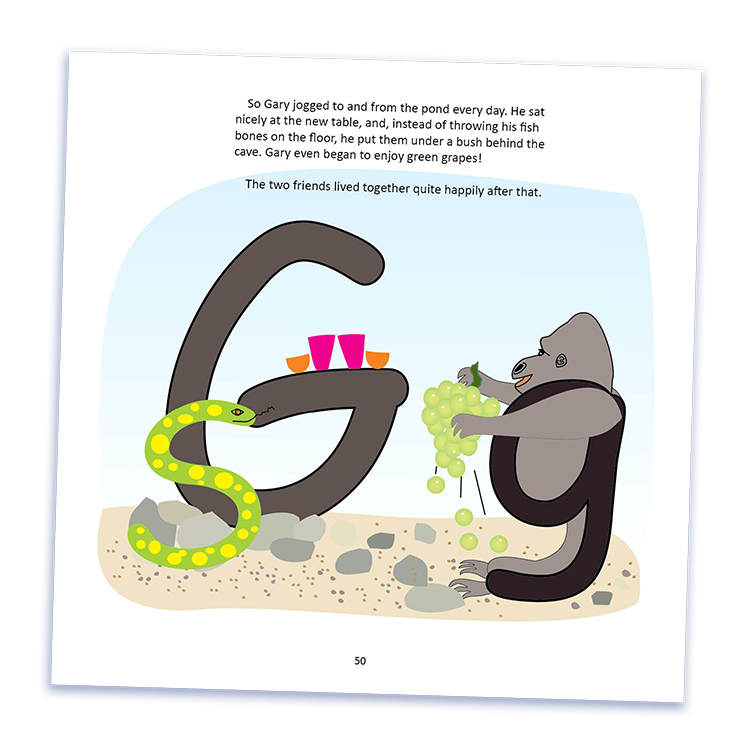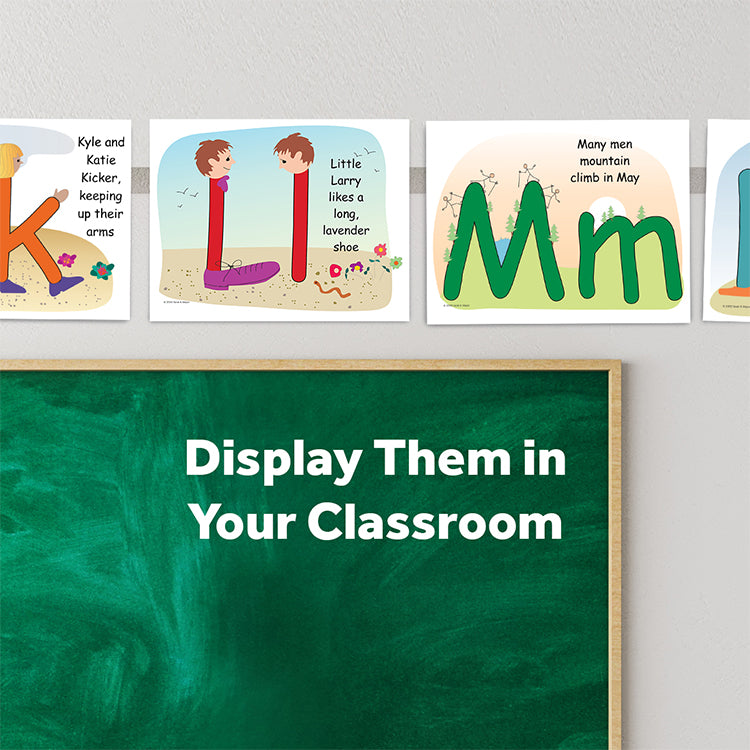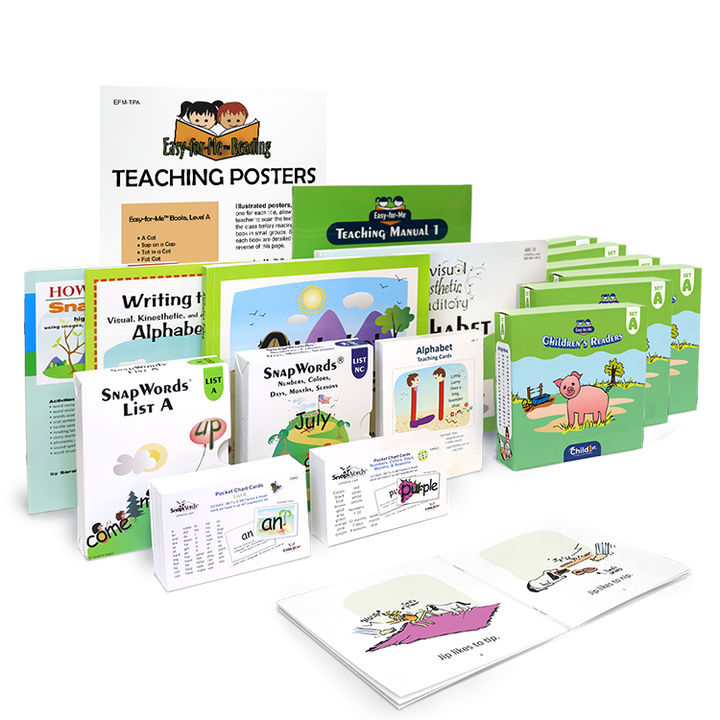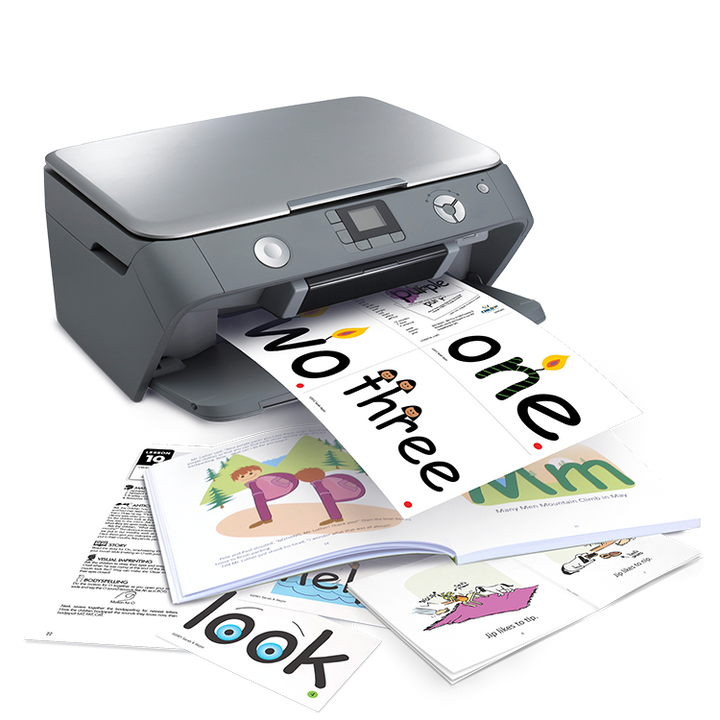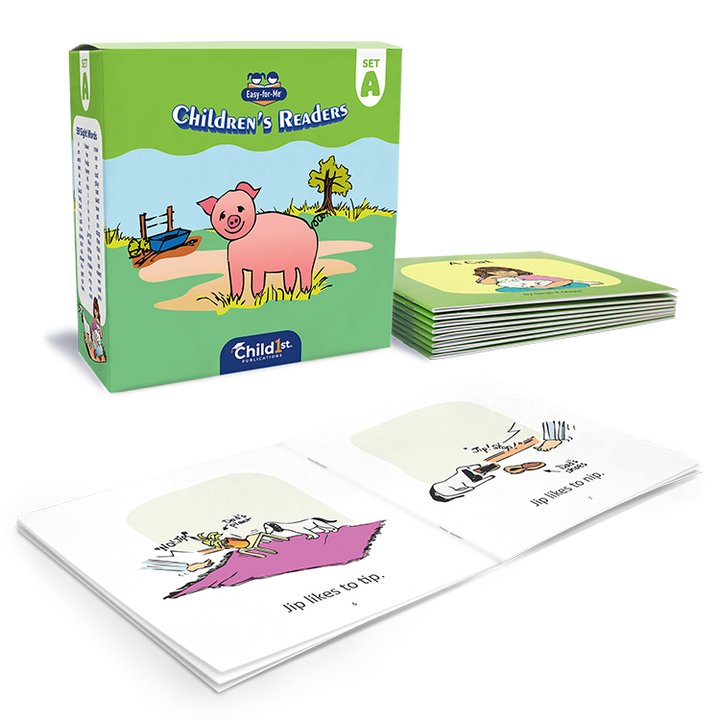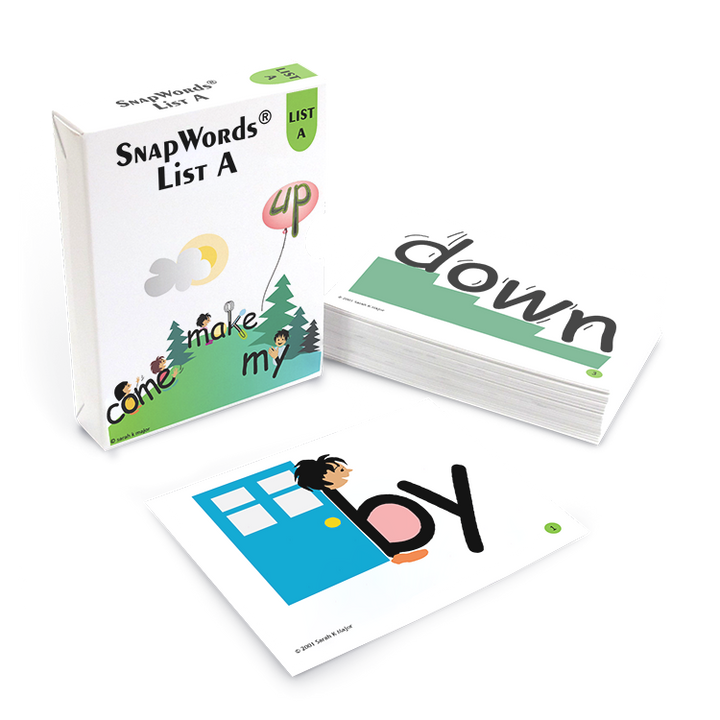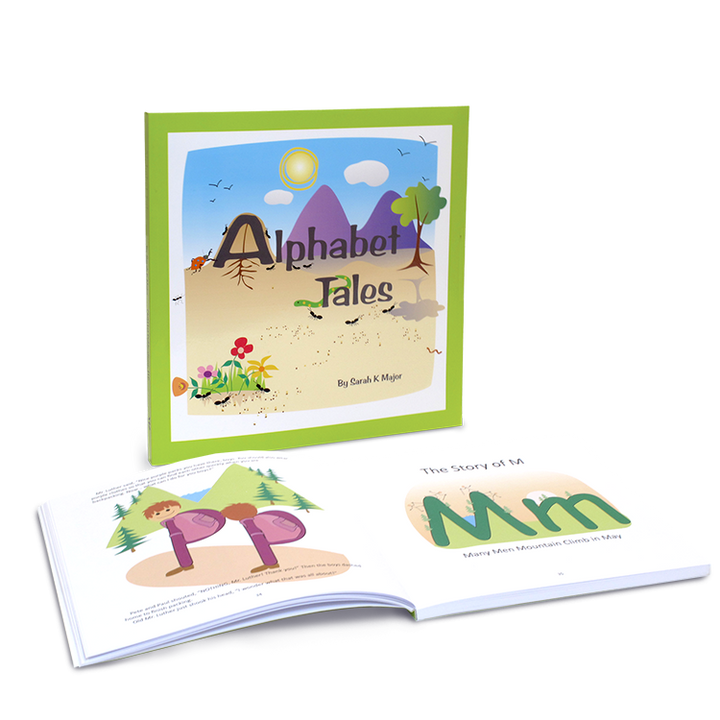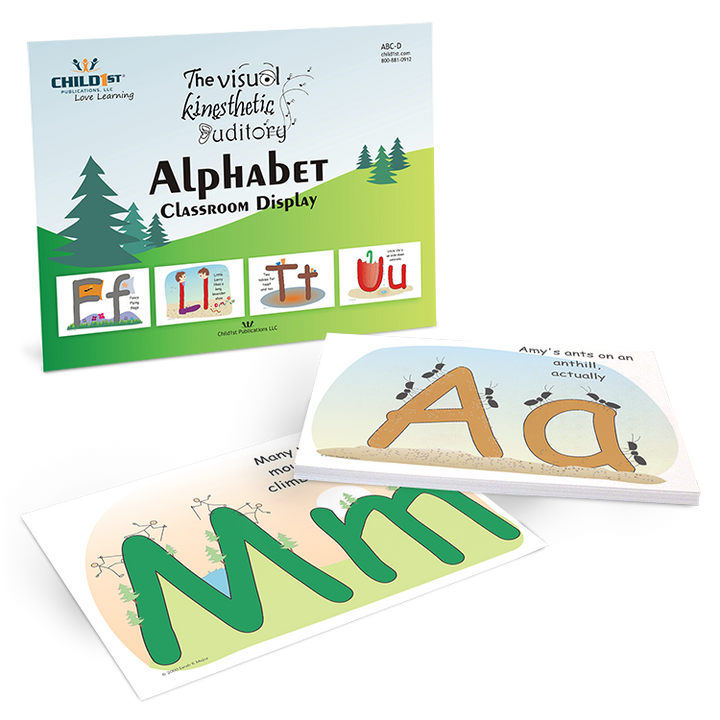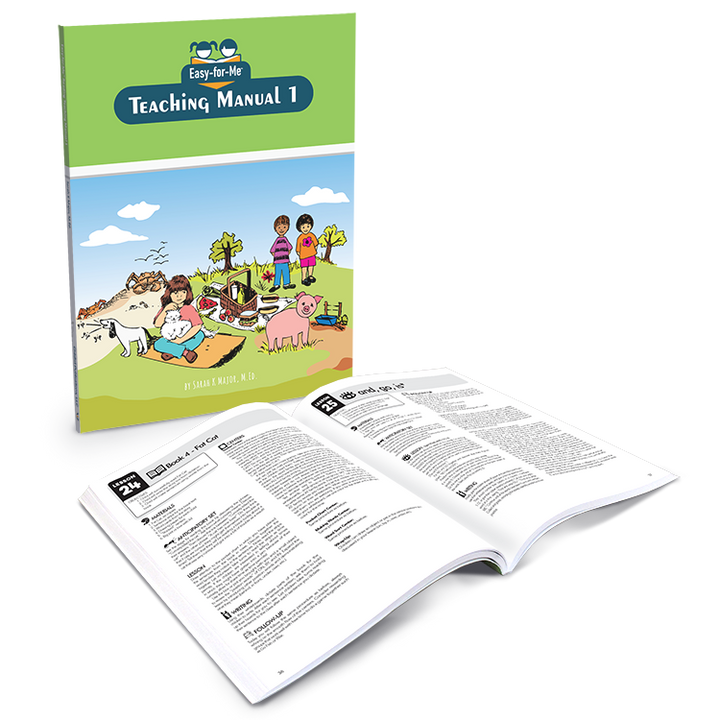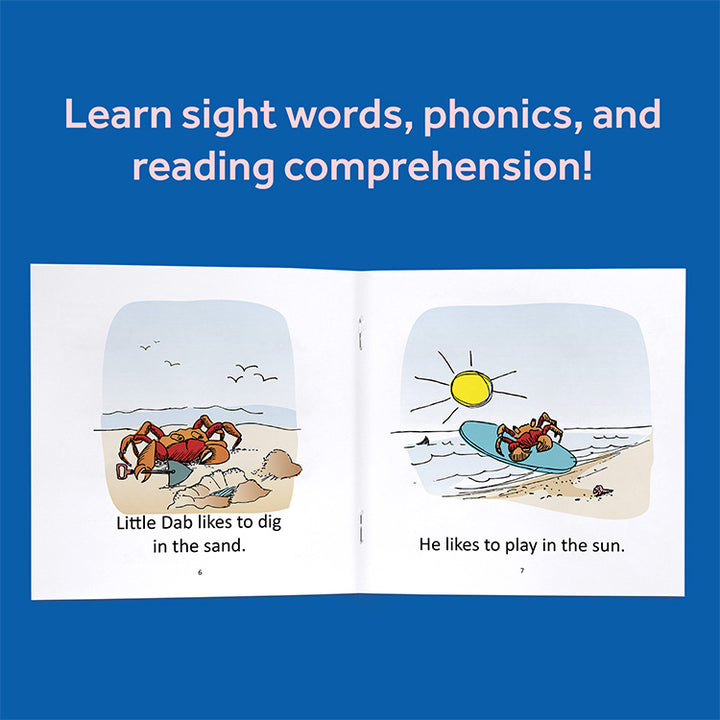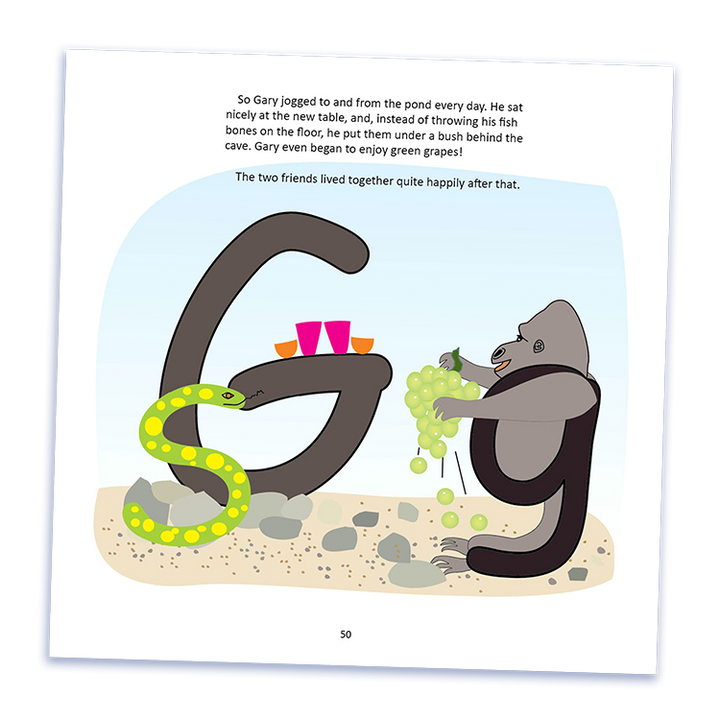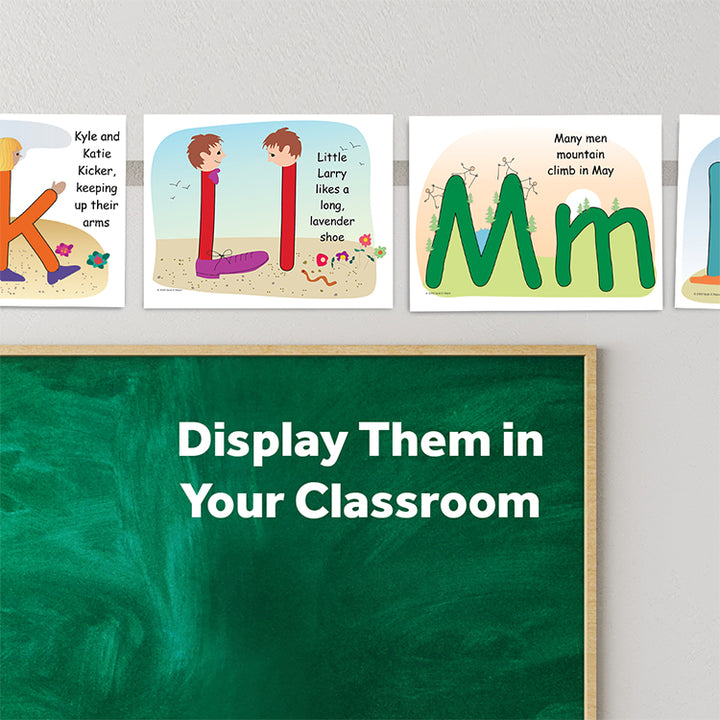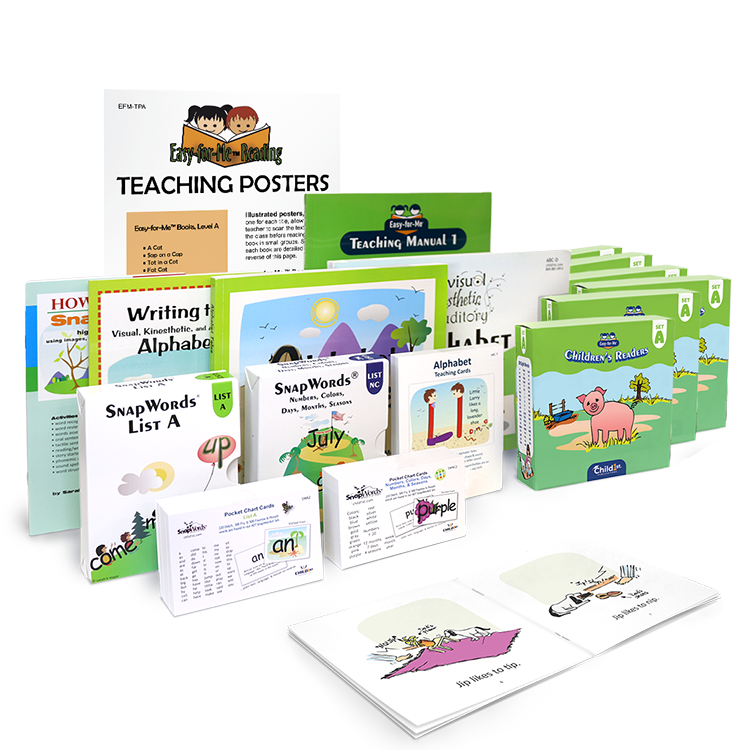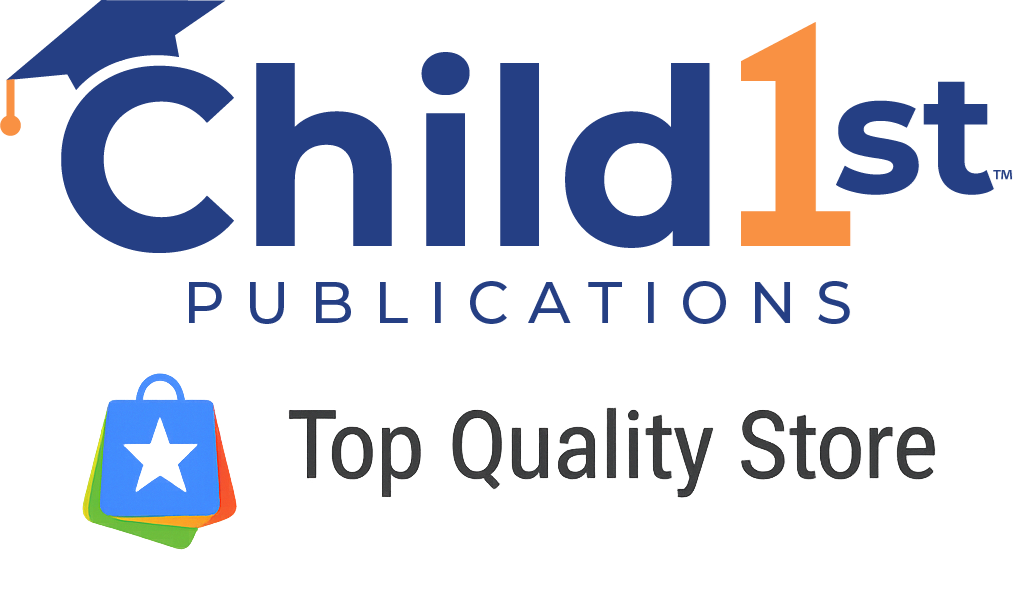The Easy-for-Me™ Complete Teaching Kit offers the same effective materials as the Easy-for-Me™ Teaching Kit 1, enhanced with additional resources for classroom use. This kit adopts a comprehensive approach to teaching reading, focusing on six essential components. Phonemic awareness is developed through auditory practice, while phonics instruction emphasizes visual sound spellings to build word recognition skills. Early vocabulary learning includes high-frequency words and related words through sound spelling. Fluency is prioritized, with children learning to recognize sound spelling patterns, sight words, and develop phrasing and expression. Comprehension activities, such as word/picture matching and story sequencing, enhance visual memory and understanding. Additionally, writing is viewed as a crucial skill, reinforcing learning and completing the learning cycle. Easy-for-Me™ Complete Teaching Kit provides the resources and activities needed to effectively teach these components, guiding children to become confident and skilled readers.
Easy-for-Me™ Complete Teaching Kit is only available in physical format:
-
Physical – physical teaching cards, measuring 5.5” x 4.25”, physical pocket size cards, measuring 4.25” x 4.75”, physical books, and physical posters
All resources and assessments are in a printable PDF format.
How it works:
Easy-for-Me™ prioritizes skill acquisition and addresses common gaps in learning to read through intentional design. Instead of relying on intuition or guessing, every skill is explicitly taught. The Complete Teaching Kit comprises 77 self-paced lessons meticulously outlined to provide clear guidance even for non-specialists in education. Each lesson, lasting 20-30 minutes, is structured to accommodate children's individual pace while ensuring comprehensive learning.
Section 1
· Lays a robust foundation for children to embark on their reading journey. With a minimal set of tools, students comprehend the why and how of reading before delving into intricate details. This approach is magical for beginners and older non-readers alike. It effectively closes learning gaps, imparts only essential knowledge, connects each new element to prior concepts, and ensures all teaching directly embeds into the child's powerful visual and body memory.
· By Lesson 20, children master 8 sounds and 4 words, enabling them to read the first two books in Set A Readers. By Lesson 30, armed with 8 sounds and having learned 23 sight words, students can read a total of 7 books from Set A Readers.
Section 2
· Continues the journey by introducing new sounds, blending them, exploring writing, crafting words, acquiring related sight words, and reading books. As children progress to Section 2, they already comprehend the essence of reading, making the addition of new tools seamless, and their pace accelerates.
Section 3
· Marks the culmination of the reading journey. It covers the remaining sounds, incorporates the final 5 SnapWords® from List A, and culminates with the reading of the last 7 books from Easy-for-Me™ Children’s Readers Set A, completing the process of learning to read.



